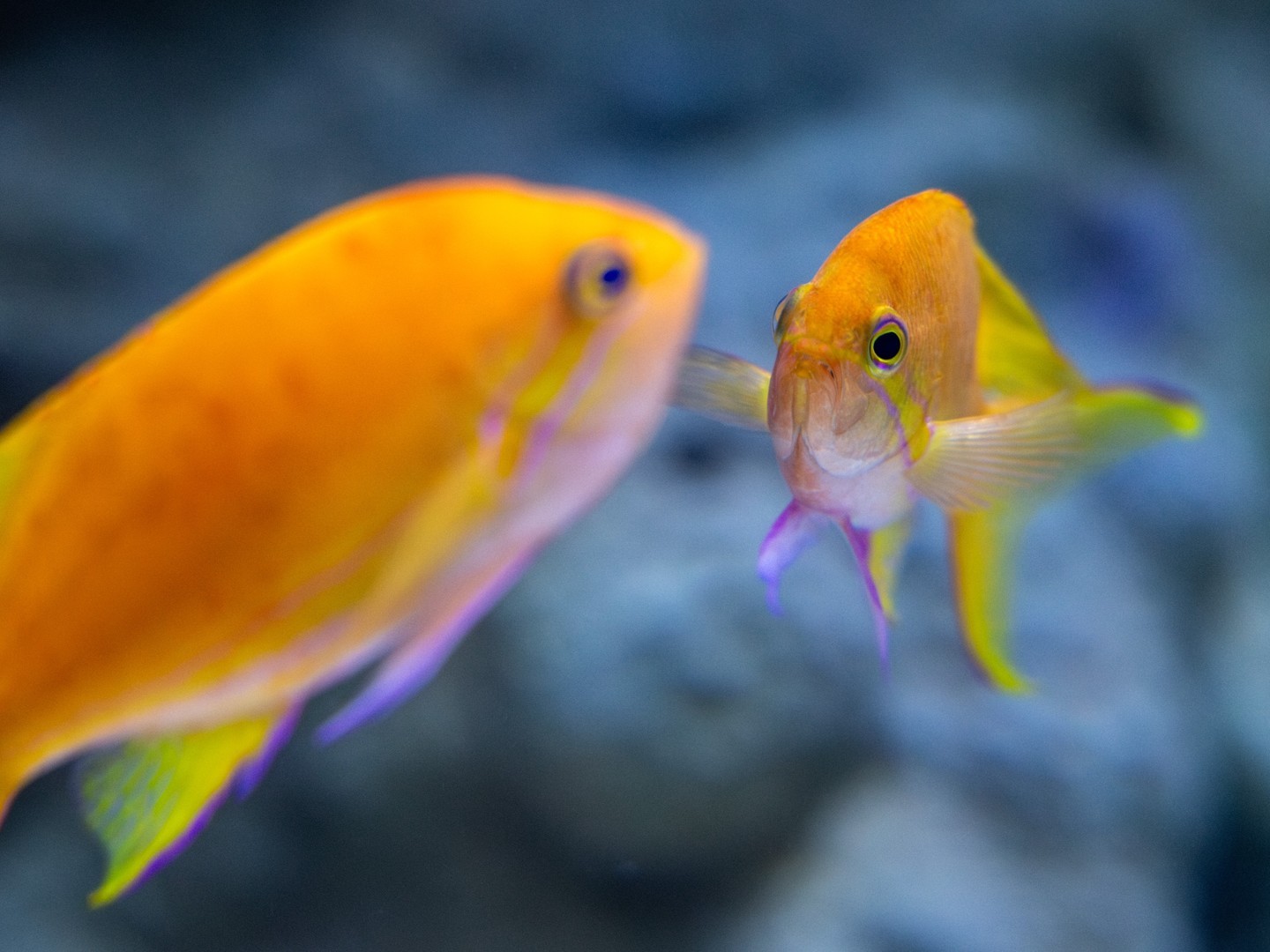- Importance of effective zoo management in wildlife conservation
- Zoology’s contribution to understanding animal behavior and ecology
- The role of educational programs in zoos for public awareness
- Technological advancements in monitoring and management of wildlife
- Ethical considerations and challenges in zoo operations
Effective zoo management is fundamental to wildlife conservation. Zoo environments replicate natural habitats to support species’ physical and psychological well-being. Good management practices involve strategic planning, habitat design, and veterinary care. Ensuring animals thrive involves monitoring health and behavior, managing breeding programs, and providing enrichment activities that stimulate natural behaviors.
One essential aspect is developing Species Survival Plans (SSPs). SSPs are collaborative programs among various zoos to monitor and manage the populations of endangered species. Through meticulous data collection and genetic analysis, zoos can maintain genetically diverse populations. Captive breeding programs play a crucial role here, providing an essential safety net for species on the brink of extinction.
Nutrition is a pillar of zoo management. Animals require diets that closely mimic their natural food sources. Nutritionists devise specific feeding plans to ensure dietary requirements are met. This involves understanding each species’ nutritional needs, preferences, and foraging behaviors. Proper nutrition is integral to the overall health and longevity of zoo animals.
Environmental enrichment is another critical component. Enrichment activities range from providing puzzle feeders to stimulate cognitive skills to creating complex environments that encourage exploratory behavior. Enrichment improves the animals’ quality of life and aids in their overall development and adaptability.
Zoology is central to understanding animal behavior and ecology. Zoologists study a wide range of animal species to uncover insights into their habits, social structures, and interactions with the ecosystem. This knowledge is essential for creating effective conservation strategies within and outside zoo settings.
Zoologists’ field research contributes significantly to this understanding. Observations in natural habitats reveal crucial details about species’ lifecycles, migration patterns, and environmental pressures. These findings are instrumental in informing conservation policies and practices.
Zoology also enables the study of interspecies interactions. Understanding how animals coexist and compete within ecosystems helps predict the ecological impact of species loss or introduction. Conservation efforts can then address these dynamics, promoting balanced, resilient ecosystems.
Educational programs in zoos are vital for raising public awareness. These programs help bridge the gap between scientific knowledge and the general public. Interactive exhibits, keeper talks, and behind-the-scenes tours provide visitors with unique learning experiences that foster a deeper appreciation for wildlife.
Children’s programs are particularly impactful. Early exposure to wildlife conservation concepts can shape young minds toward environmental stewardship. Educational activities for children can include hands-on experiences, storytelling, and interactive displays that captivate and inform.
Community outreach efforts extend the educational impact beyond the zoo walls. Partnering with schools, community groups, and local organizations allows zoos to spread conservation messages more widely. These partnerships often involve field trips, educational workshops, and collaborative projects aimed at environmental protection.
Technological advancements have significantly enhanced wildlife monitoring and management. Innovations such as GPS tracking, drones, and camera traps provide valuable animal movement and behavior data. This data is crucial for both in-situ (in the wild) and ex-situ (in captivity) conservation efforts.
For example, GPS collars on animals enable researchers to track their migration routes and habitat use. This information helps identify critical areas needing protection and can guide the creation of wildlife corridors to facilitate safe passage.
Drones offer a bird’ s-eye view, allowing researchers to monitor large areas with minimal disturbance to the animals. They can also be used to conduct population surveys, habitat assessments, and anti-poaching patrols, providing a cost-effective and efficient means of data collection.
Camera traps are another valuable tool. These motion-activated cameras capture images and videos of wildlife, providing insights into species’ presence, abundance, and behavior without human presence. This non-invasive method is especially useful for studying elusive or nocturnal species that are difficult to observe directly.
Ethical considerations are paramount in zoo operations. Animal welfare must always be the top priority. This involves attending to the animals’ physical health and accounting for their psychological well-being. Creating environments that allow animals to express natural behaviors is essential.
One ethical challenge is balancing public education and animal welfare. While it’s important for zoos to educate the public, they must do so without causing undue stress to the animals. This requires careful planning and consideration in the design of exhibits and visitor interactions.
Another ethical issue is the debate over captivity. Some argue that no animal should be kept in captivity, regardless of the conservation benefits. Zoos must address these concerns transparently and emphasize their role in conservation, education, and research.
Sustainability practices also play a crucial role in ethical zoo management. Zoos should reduce their ecological footprint by adopting green practices such as recycling programs, energy-efficient facilities, and sustainable sourcing of food and materials. These practices demonstrate a commitment to environmental conservation beyond the animals in their care.
Animal transfers between institutions are a common practice to maintain genetic diversity. However, these transfers must be handled carefully to minimize stress and ensure the animals’ continued well-being. Each animal’s medical history, temperament, and social needs must be considered in the transfer process.
In conclusion, effective zoo management, bolstered by advances in zoology and technology, plays a crucial role in wildlife conservation. Educational programs within zoos help raise public awareness and foster a connection with nature. However, ethical considerations must be at the forefront of all zoo operations to maintain the highest animal welfare standards. By addressing these aspects, zoos can continue to significantly contribute to conserving our planet’s biodiversity.
*****
Source Description
Caption this 👇


